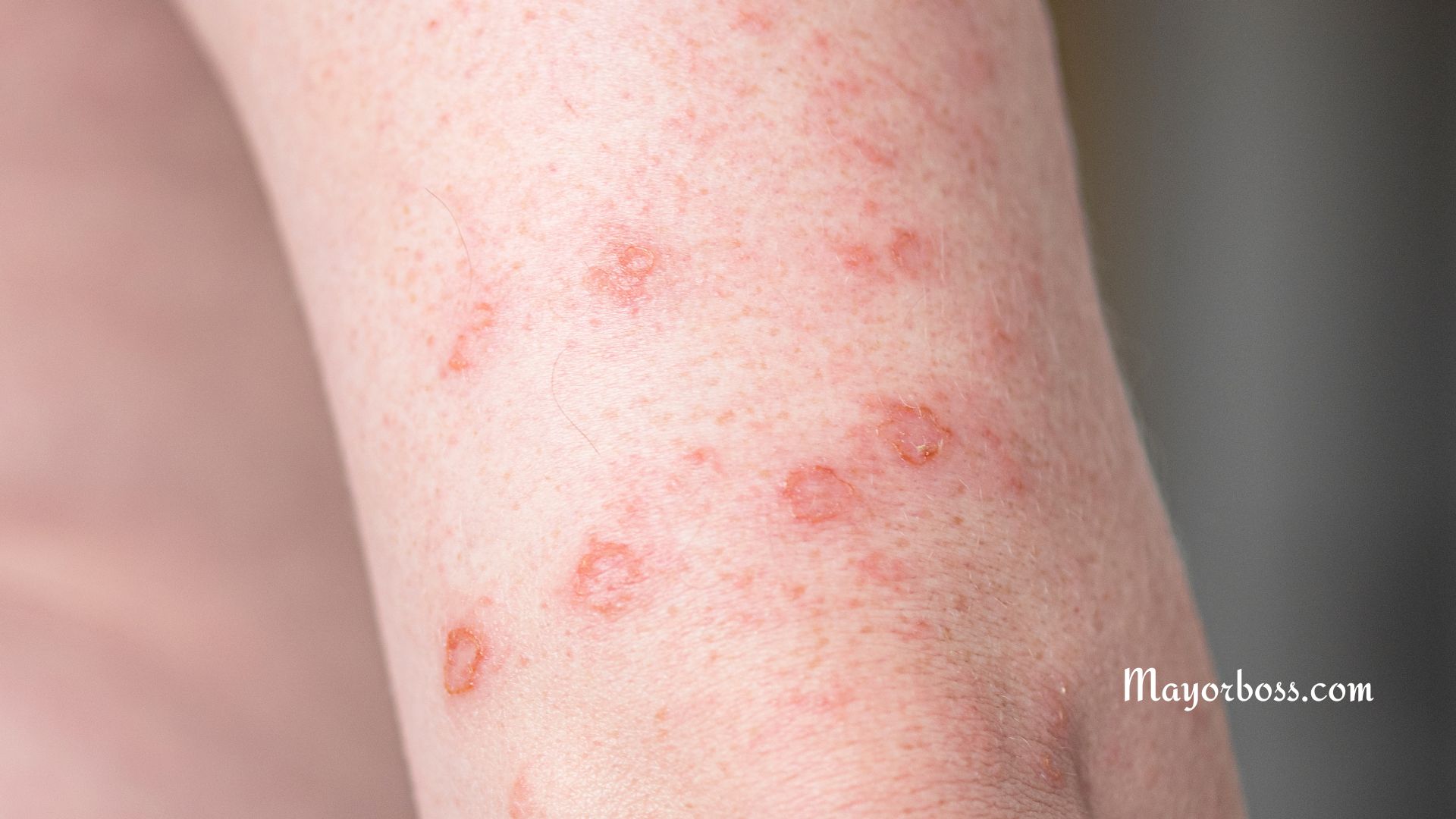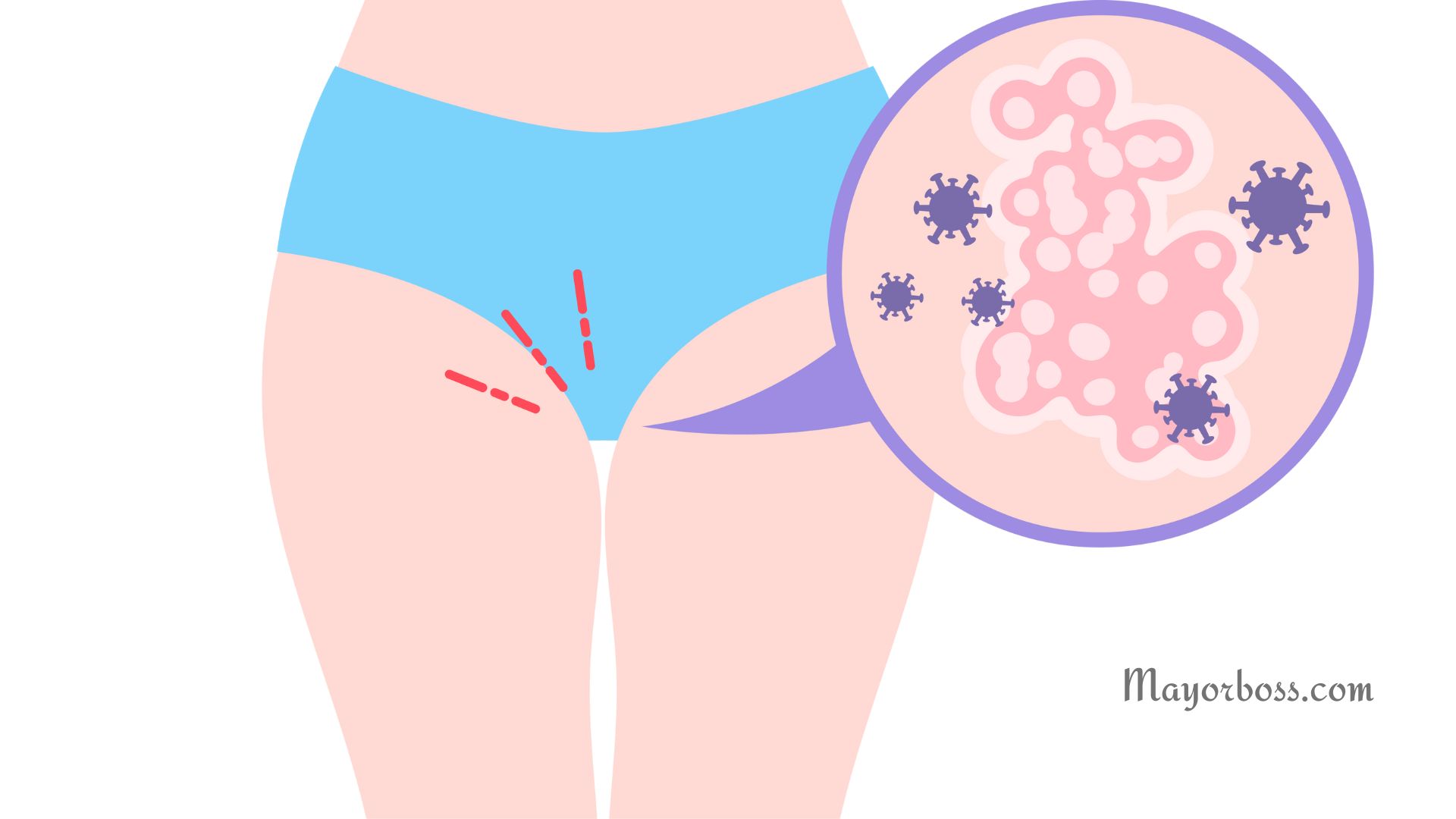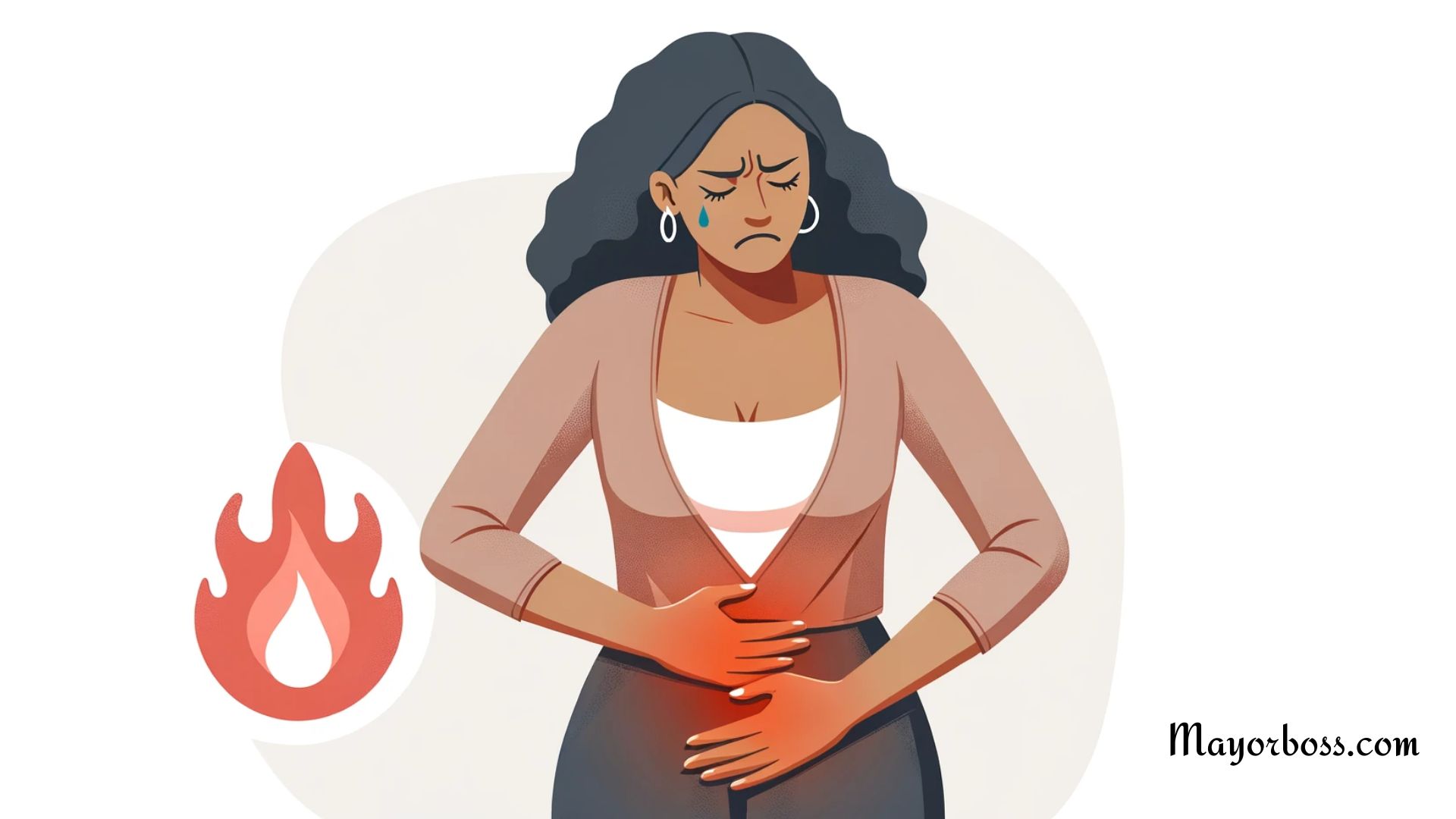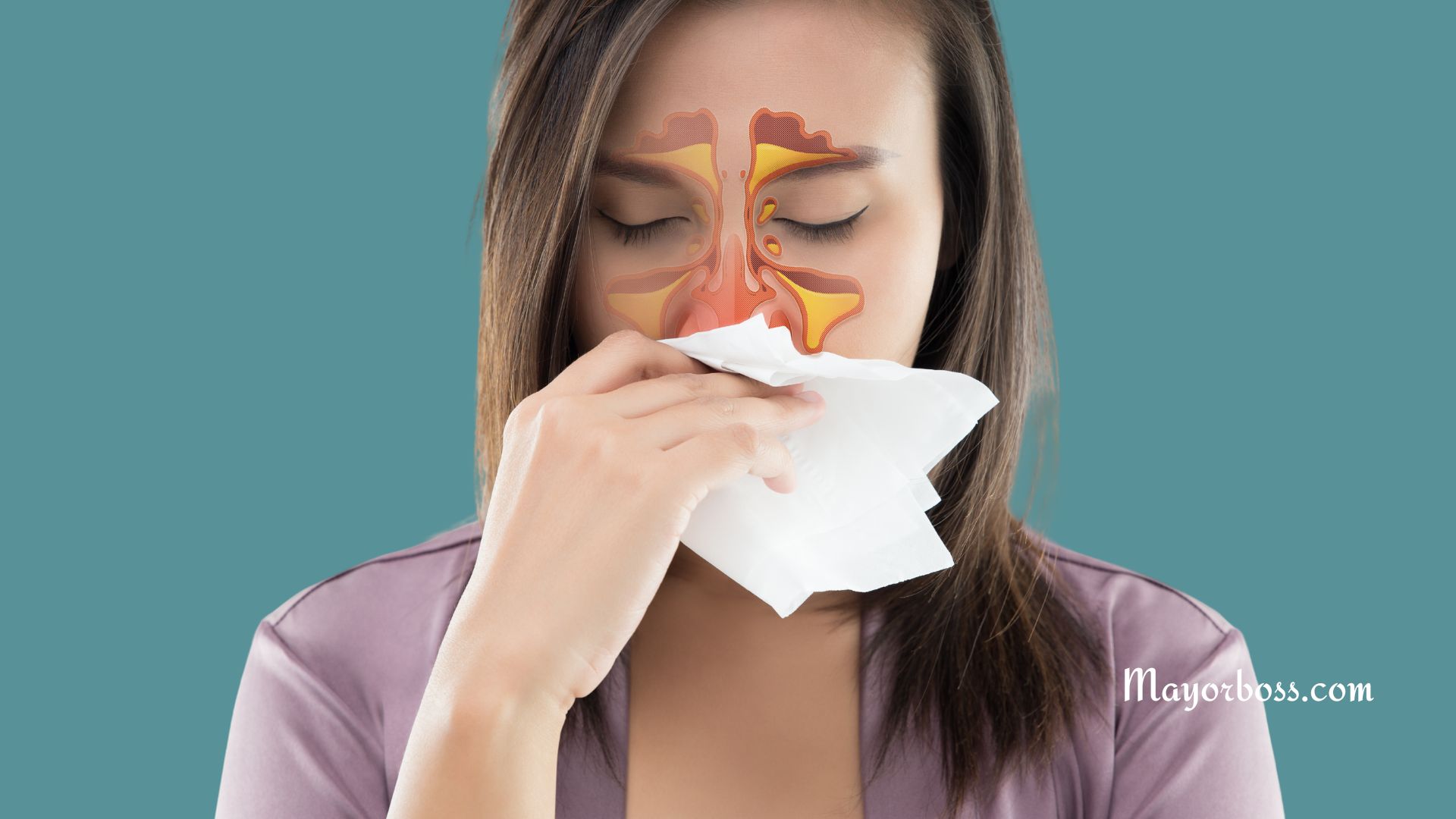The Common Causes of Yeast Infections
Yeast infections, caused by the overgrowth of a fungus called Candida, can be uncomfortable and even debilitating. But what are the common causes of yeast infections? Here are some potential triggers.
1. Antibiotics
One of the leading causes of yeast infections is the use of antibiotics.
These drugs kill off not just harmful bacteria but also the healthy bacteria that keep Candida in check.
Consequently, this can result in an overgrowth of yeast.
2. Hormonal Imbalance
Hormonal imbalances, particularly during pregnancy or due to birth control pills, can also contribute to yeast overgrowth.
Increased estrogen levels make the vagina more susceptible to Candida, leading to yeast infections.
3. Weak Immune System
A weak immune system is another one of the causes of yeast infections.
People with suppressed immune systems due to conditions like HIV or treatments like chemotherapy are at a higher risk.
4. High Blood Sugar
People with high blood sugar, such as those with diabetes, are more prone to yeast infections.
Since high blood sugar generally creates a good environment for yeast to thrive.
Therefore, maintaining optimal blood sugar control is crucial in preventing these infections.
5. Tight Clothing
Interestingly, your choice of clothing can also contribute to yeast infections.
Tight, non-breathable clothing can trap moisture and heat, creating an environment where yeast can flourish.
It’s recommended to wear breathable fabrics and avoid tight underwear to help reduce your risk of yeast infections.
6. Poor Hygiene
While it’s a myth that yeast infections are a sign of poor personal hygiene, it’s true that maintaining proper hygiene can help prevent these infections.
Regular bathing, changing out wet or sweaty clothes promptly, and proper drying can help keep the yeast at bay.
7. Sexual Activity
While not a sexually transmitted infection, a yeast infection can potentially be passed between partners during sexual activity, especially if one partner already has an active yeast infection.
8. Stress
Research has found that stress can impair the immune system and cause an imbalance in the body, potentially leading to a yeast infection.
The Bottom Line
Yeast infections are often triggered by factors such as antibiotic use, hormonal changes, poorly controlled diabetes, a weakened immune system, tight non-breathable clothing, and sexual activity.
If you suspect you have a yeast infection, seek medical advice. It’s always best to receive a proper diagnosis and proper treatment.
Also, adopting a healthy lifestyle, maintaining good hygiene, and managing stress can help keep yeast infections at bay.
Frequently Asked Questions About Yeast Infections
In particular, the symptoms of a yeast infection may include itching, burning, redness, and swelling in the vaginal area.
Some people also experience a thick, white vaginal discharge that resembles cottage cheese. However, symptoms can vary from person to person.
Yeast infections are not classified as sexually transmitted infections, but they can potentially be passed between partners during sexual intercourse.
It’s especially possible if one partner already has an active yeast infection. Using a condom can reduce the risk of transmission.
Yes, men can also get yeast infections, although it’s less common.
In men, yeast infections can cause redness, itching, and burning on the head of the penis.
Men with diabetes or a weakened immune system or who have unprotected sex with a woman who has a yeast infection are at higher risk.
While mild yeast infections can sometimes resolve on their own, it’s always best to consult with a healthcare provider if you suspect a yeast infection.
Preventing yeast infections involves maintaining a healthy lifestyle, practicing good hygiene, and managing stress.
Avoiding tight, non-breathable clothing and changing out damp clothing as soon as possible can help prevent a yeast-friendly environment.
Moreover, eating a balanced diet and managing blood sugar levels can also help prevent yeast overgrowth.






